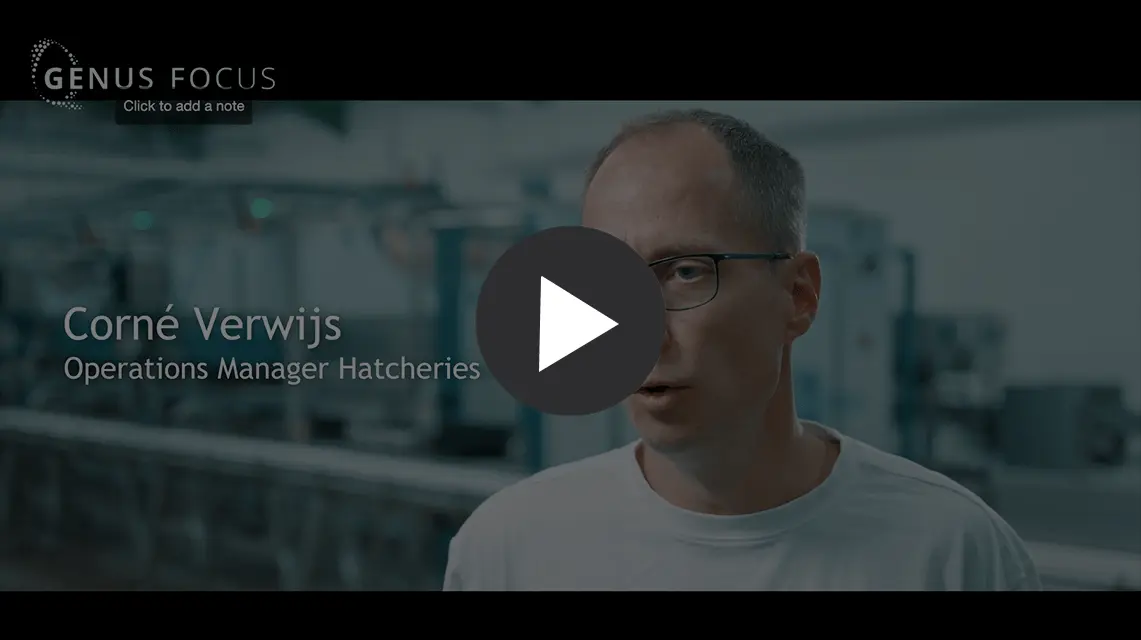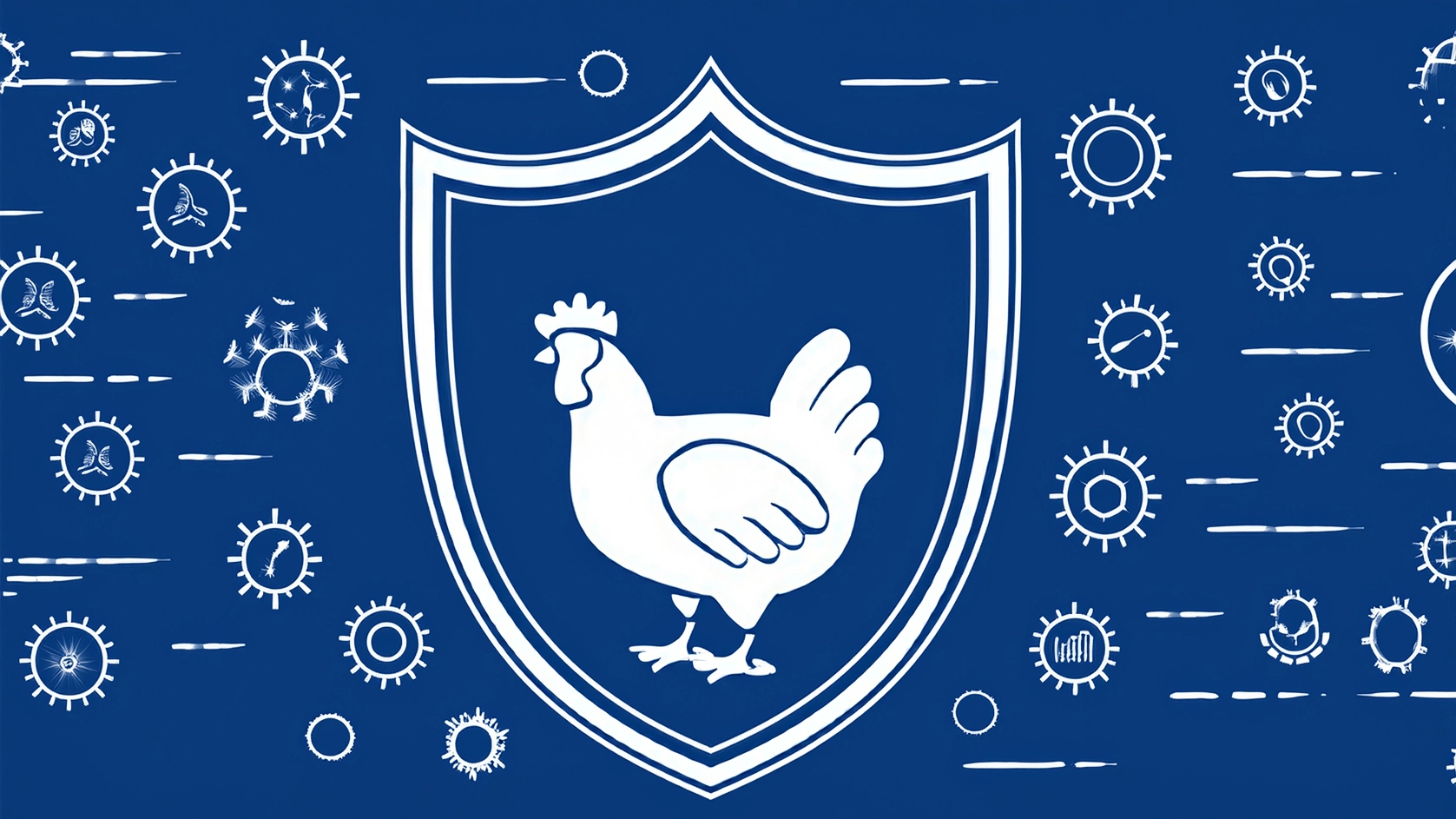Hatch Check and the End of Male Chick Culling: A New Era for U.S. Egg Production
An Interview with Dr. Larry Sadler, Vice President of Animal Welfare, United Egg Producers
August 26, 2025
Each year, hundreds of millions of day-old male chicks are culled as a byproduct of global egg production. But with advances in new technology and strong industry leadership, that’s beginning to change. In a major milestone for animal welfare, the United Egg Producers (UEP) – which represents over 90% of U.S. egg production – has launched Hatch Check, a first-of-its-kind certification program verifying that no chicks were culled during the production of eggs marketed with the Hatch Check designation.
By leveraging in-ovo sexing technology or rearing male chicks, Hatch Check provides egg producers and retailers with a clear path to eliminating culling. It also brings transparency to consumers, enabling them to make more humane egg purchases for the first time in the U.S.
We sat down with Dr. Larry Sadler, UEP’s Vice President of Animal Welfare, to learn more about the origins of Hatch Check, how it works, and why now is the moment to act.
What Is Hatch Check?
“Hatch Check is our solution to help customers feel confident that the egg they’re getting has either been in-ovo sexed or that the males have been raised,” says Sadler. “Producers using this technology wanted to clearly communicate to customers about their use of it and that it is an independently certified product.”
Hatch Check provides that assurance. It requires participating hatcheries to:
- use in-ovo sexing or raise male chicks
- undergo third-party audits
- maintain supply chain traceability from hatchery to retailer
- meet UEP’s broader hatchery animal welfare standards
That last piece matters. “We require an animal welfare audit of the hatchery itself,” Sadler emphasizes. “Most other certifications are only checking the in-ovo sexing technology. Ours does both, which I think is really important and a key differentiator for our program.”
Why Now?
UEP first committed to ending chick culling in 2016 once technology became available. In 2025, that vision is finally becoming reality.
“It definitely seems like a pivotal moment,” Sadler reflects, “but it has also seemed like a pivotal moment for many years in a row. We’ve been working on this for a long time.”
Although in-ovo sexing has existed in Europe for several years, the U.S. market faced delays – especially with technology compatibility for white eggs, which dominate American production. Now, solutions like Orbem’s Genus Focus, a non-invasive, AI-powered MRI system, are helping bridge that gap with commercial-ready, high-throughput technology that can scan every variety of eggs.
The Development Journey: From MRI Biomarkers to High-Speed AI
Transparency is a key theme throughout the Hatch Check initiative. “There’s a reason we created a logo,” says Sadler. “It can be easily identified by the customer and shows that this isn’t just a claim. There’s integrity behind it; we are able to ensure the integrity of that program.”
Although UEP created the standard, it won’t be marketing it to consumers. That responsibility falls to producers and their retail partners. “We created it for the egg industry,” Sadler says. “Then producers take it forward.”
For consumers and retailers, the label offers new clarity. “Just a year ago, there wasn’t a solution here in the U.S., and now there is,” he explains. “If you’re interested in eggs from a producer using in-ovo or raising males, it’s a solution that just wasn’t available before, which is amazing.”
One of Hatch Check’s most distinctive features is its flexibility. Hatcheries can comply via:
- In-ovo sexing, which identifies male eggs before they hatch, or
- Raising the male chicks for meat.
“We didn’t want to pretend those are separate topics because they really go together,” says Sadler. “And by including producers in the process, we came up with a better, more thorough solution.”
This collaborative design sets Hatch Check apart. UEP worked closely with hatchery operators, producers, and scientists to create standards that are both scientifically rigorous and operationally realistic.
Learning from the Cage-Free Transition
The egg industry is still feeling the effects of a transition by some customers to source cage-free production. “A lot of companies committed to cage-free by 2025 – and then backed out,” Sadler notes. “That’s made producers cautious about investing in these kinds of transitions.”
He explains that this hard-earned caution influences how producers view emerging technologies like in-ovo sexing. “Even if they believe in it, and they do, they’ve seen what happens when market demand doesn’t materialize. Ultimately, the customers and their retailers will be the gatekeepers for it, of ‘will we let this into our market or not?’”
That’s why UEP is taking a voluntary, trust-based approach with Hatch Check, which focuses on building infrastructure and credibility first, as opposed to the pressure-driven mandates that influenced the cage-free movements of the past. For egg producers, the transition is even simpler when compared to the transition to cage-free. They simply begin requesting flocks from their hatchery that have been in-ovo sexed. No special equipment or new process is required on their farms.
What Role Does Technology Play?
While Hatch Check sets the standard, it’s up to technology providers to make implementation possible. That’s where Orbem’s Genus Focus comes in.
The Genus Focus is the only non-invasive in-ovo sexing solution for white eggs, as well as brown and colored ones, already deployed at scale in Europe. It identifies the sex of each embryo on days 11 and 12 of incubation and is more accurate than manual sexing, without compromising hatchability or requiring any contact with the egg’s contents. It also works across all breeds, with proven success at hatcheries in Germany, France, the Netherlands, and beyond.
Sadler sees these tools as essential, but still unfamiliar to many. “I think there’s ultimately a lot of confusion about what in-ovo sexing is, what it can do, what the differences are between the various technologies available for hatcheries,” he says. “We’ve had a lot of talk for so many years – it’s unclear to some what we hoped for versus what we actually have. I think helping the producers and retailers understand what it is that we have here today is critical.”
As the Genus Focus rolls out across early U.S. adopters, the industry is beginning to see the potential firsthand. Orbem is helping demystify the process, sharing data, showcasing systems, and working with hatcheries to prepare for certification.
Early Days, Bright Outlook
As of mid-2025, no hatcheries have completed their Hatch Check certification, but several have expressed intent and begun preparations.
“We expect [the program] to start as a niche product, but with time, it will expand,” says Sadler. “Hatch Check helps transition it and will be there as the technologies are implemented.” Even still, with major producers like MPS Egg Farms and NestFresh already producing a portion of their eggs from flocks that have been in-ovo sexed, it is clear that the commodity egg market is already beginning to move in this direction.
Adoption won’t happen overnight, and external pressures like avian flu remain front-of-mind for many producers. “There’s a raging fire the industry has to focus on,” Sadler says. “But welfare is still hugely important to them.”
Despite the challenges, Sadler remains optimistic: “The U.S. egg farmer is still really committed to this. They recognize it as a complex, technologically challenging solution – and they’re committed to it. It’s just about getting there and achieving feasibility at scale.”
The Bottom Line
Hatch Check isn’t just a label. It’s a new foundation for egg production in the U.S. By creating a verified path to eliminate chick culling, UEP has given producers and retailers the tools they need to take action – voluntarily and proactively. “This is a need right now. We have the solution. It’s now up to the egg producers to take it forward,” Sadler concludes.
At Orbem, we’re proud to support that journey. Our Genus Focus system is helping make Hatch Check adoption commercially feasible, scalable, and effective. As the first U.S. hatcheries prepare for certification, Orbem is helping pave the way, working closely with industry leaders to deliver a future where every chick counts. Because when innovation and animal welfare align, the future of egg production looks a lot more humane – and a lot more hopeful.
Interested in bringing in-ovo sexing to your hatchery?
Sign up for our newsletter today to explore how Orbem can support your transition to Hatch Check certification with reliably accurate, non-invasive, high-throughput solutions you can trust.
Other interesting articles
How the Genus Focus adds Value to Hatcheries with Full Automation
Discover Pluriton’s efficiency improvements after our installation.
This Is the Impact of In-Ovo-Sexing with the Genus Focus
100 million eggs have been scanned with the contactless AI-powered technology.
Urgent Call to Action in U.S. Fight Against Bird Flu: Vaccinate, Monitor, and Increase Data Visibility
Industry experts and researchers stress need for long-term strategy to prevent future bird flu outbreaks.
Discover other milestones
Want to write about us?
We would love to hear from you!

Barbara Jilek
PR and Content Marketing Manager






